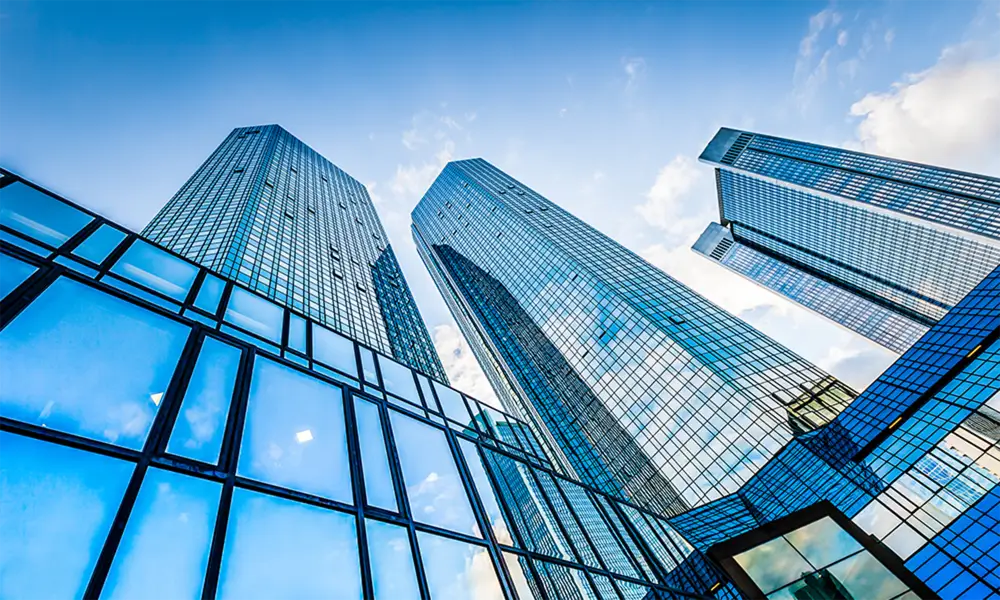

Toughened Plain Glass An Overview
Toughened plain glass, often referred to as tempered glass, has emerged as a significant material in various industries due to its enhanced strength and safety features. This innovative material is produced through a specific thermal process that significantly alters the characteristics of standard glass, making it an ideal choice for both decorative and functional applications.
What is Toughened Plain Glass?
Toughened plain glass is created by subjecting ordinary glass to a heating and cooling process known as tempering. This process involves heating the glass to over 600 degrees Celsius and then rapidly cooling it. The result is a product that is not only stronger than standard glass but also more resistant to thermal stress and impact. The key feature of toughened glass is its ability to withstand more force than standard glass, making it less likely to break under pressure.
Key Benefits
1. Safety In case of breakage, toughened plain glass shatters into small, blunt pieces rather than sharp shards. This reduces the risk of injury, making it a safe choice for residential and commercial spaces, particularly in areas that are accessible to the public.
2. Strength The tensile strength of toughened glass can be up to five times greater than that of regular glass. This attribute makes it suitable for applications that demand durability, such as glass facades, shower enclosures, and various architectural features.
3. Thermal Resistance Toughened glass can withstand extreme temperature changes, making it suitable for situations where temperature fluctuations occur, such as in kitchens and bathrooms. This resistance helps prevent spontaneous breakage due to thermal stress.

4. Versatility Toughened plain glass is available in various thicknesses and sizes, making it adaptable for a wide range of uses, including windows, doors, balustrades, and glass tabletops. It can also be processed in different ways, including cutting, shaping, and coating.
5. Aesthetic Appeal With its clear transparency and sleek finish, toughened glass adds a modern touch to interiors and exteriors alike. It enhances visibility and light transfer, making spaces feel more open and inviting.
Applications
The applications of toughened plain glass are extensive. In the architecture and construction industry, it is often used for curtain walls, skylights, and glass roofs. The automotive industry uses it for side and rear windows, while the furniture sector employs it for tabletops and shelving units.
In domestic settings, toughened glass is widely used for shower doors, glass partitions, and balustrades. Its combination of safety, strength, and style makes it an increasingly popular choice for contemporary home design.
Conclusion
Toughened plain glass has proven to be an essential material in modern society, balancing safety and aesthetics effectively. Its unique properties not only enhance the durability and functionality of glass products but also contribute to the overall design and appeal of various environments. As technology advances and the demand for innovative building materials continues to grow, the role of toughened glass is expected to expand, solidifying its place in the future of architectural and design applications. Whether for commercial or residential purposes, toughened plain glass stands out as a smart and stylish choice that meets the needs of today’s diverse consumers.